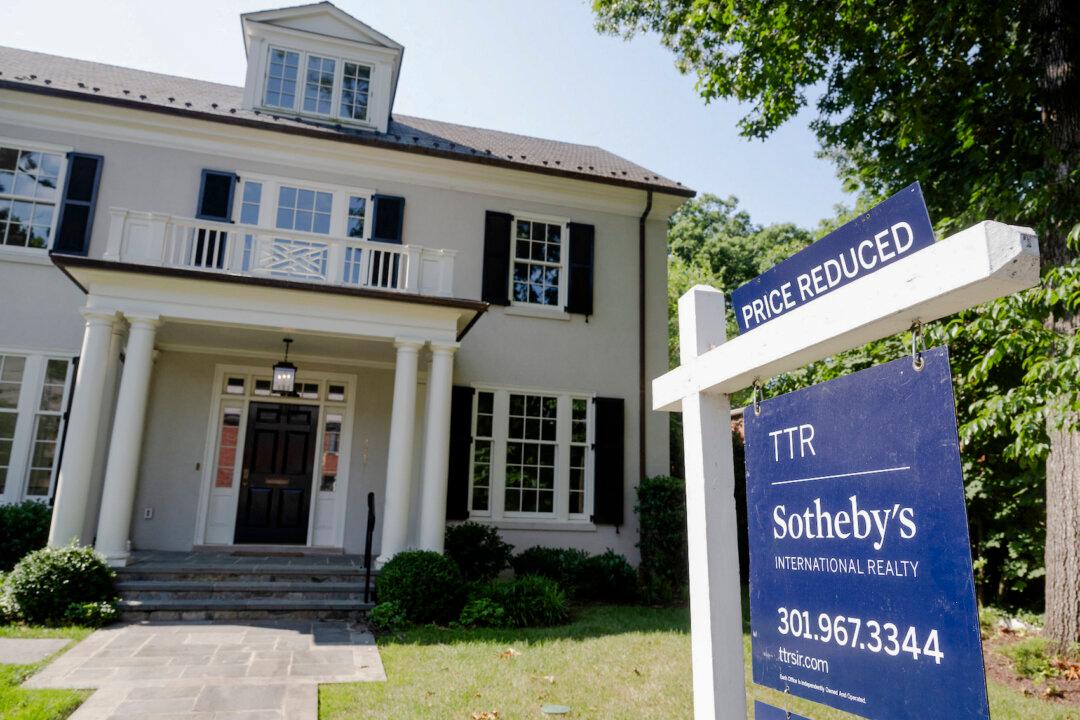Mortgage refinance applications tumbled 19 percent last week as interest rates rose to their highest levels since July, according to the Mortgage Bankers Association’s (MBA) latest weekly survey.
Overall mortgage application volume fell by a seasonally adjusted 10.8 percent last week, marking the sixth consecutive week of declines. Purchase declined 5 percent to its lowest level since mid-August.
Both mortgage rates and 10-year yields hit recent peaks in late April, at around 7.2 percent and 4.6 percent, respectively. They then declined steadily through the summer, with mortgage rates dipping to approximately 6 percent and 10-year yields touching 3.6 percent by early September. However, this trend reversed after the Federal Reserve implemented an interest rate cut in mid-September, pushing both metrics upward.
“That’s not unusual. It likely persists for a bit,” Garvey wrote. He predicted that the 10-year yield would decline only after significant weakening in U.S. labor market data.
This potential increase could be driven by elevated Treasury issuance in U.S. government borrowing exceeding expectations. Other factors influencing yields include shifts in investor sentiment, such as that seen after former President Donald Trump’s election victory, which spurred a selloff in bonds as investors pivoted to riskier assets like stocks and cryptocurrencies. Treasury yields and prices move inversely, with bond selloffs pushing yields higher.







